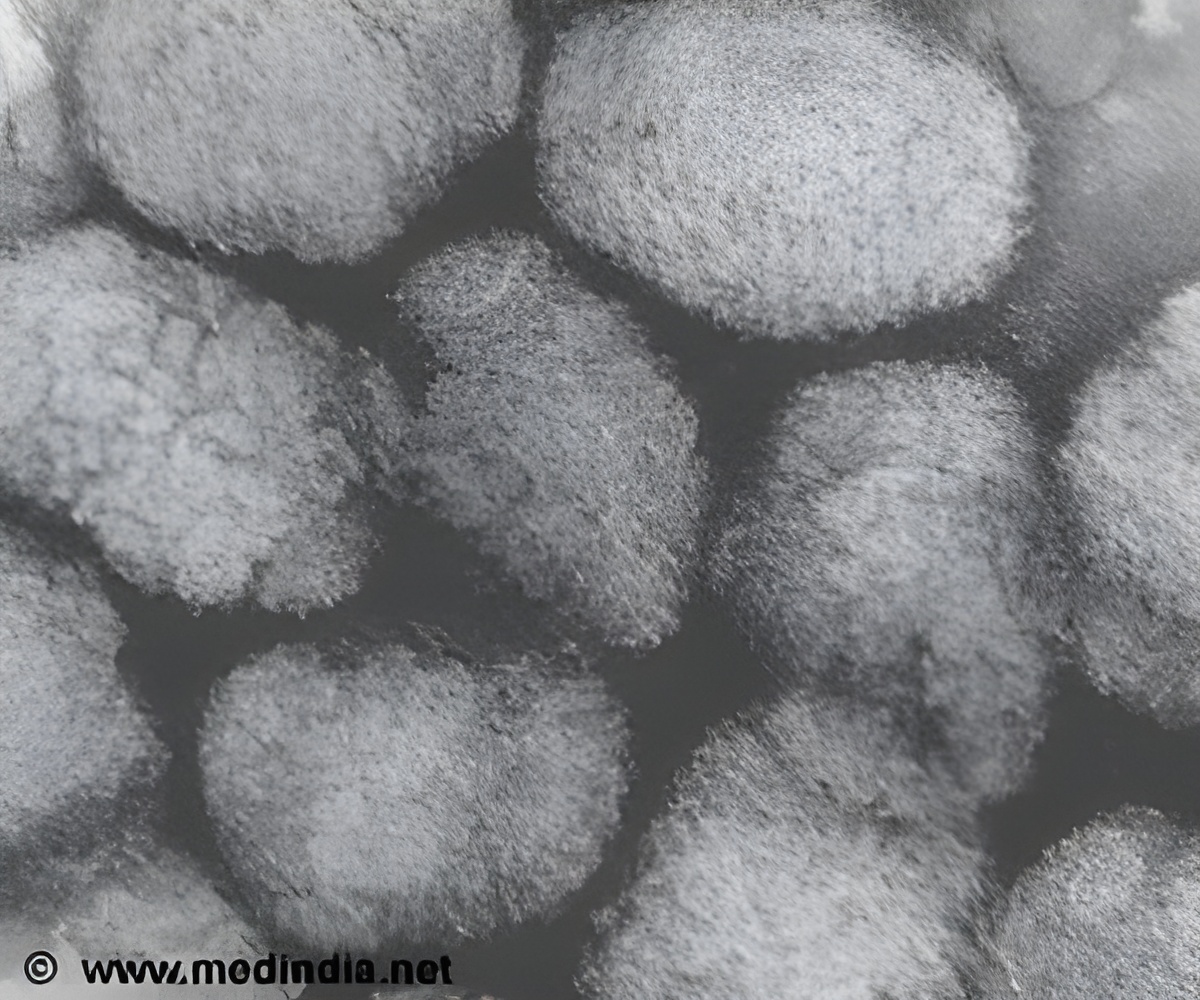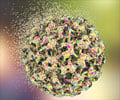Cancer often takes years, even decades, to develop after a person gets human papillomavirus (HPV).

‘HPV is so common that most sexually-active men and women will get at least one type of HPV at some point in their lives. About 14 million people become newly infected with HPV each year.’





The new study, published in the journal Oncotarget, found that E6, an oncoprotein produced by the virus, interacts with several other molecules in host cells in a manner that ensures infected cells cannot die. If they are immortal and continue to multiply, cancer develops. "There is no targeted treatment now for these cancers since German virologist Harald zur Hausen, PhD, discovered in 1983 that HPV can cause cervical cancer. Recently, the numbers of HPV-linked head and neck cancers have increased in the U.S. Now we have a chance to develop and test a very specific, potentially less toxic way to stop these cancers," says the study’s lead author, Xuefeng Liu, MD, associate professor of pathology at Georgetown University Medical Center. Liu is director of Telomeres and Cell Immortalization for the medical center’s Center for Cell Reprogramming.
Liu and his team have previously found that the HPV E6 oncoprotein interferes with the well-known p53 tumor suppressor to increase telomerase activity that extends the life span of infected cells. A telomerase is a protein that allows a cell to divide indefinitely when it would have stopped after a certain number of divisions.
In this study, researchers found that E6 also interacts with myc, a protein produced by the Myc gene, which controls gene expression in all healthy cells. They concluded that telomerase activity is dependent on E6-myc proteins hooking on to each other.
This means, says Liu, that designing a small molecule that stops E6 from joining up with myc should shut down persistent activation of telomerase. A small molecule could bind to E6 in the same spot that myc would, or bind on to myc in the same spot that E6 would, thus preventing an E6-myc complex.
Advertisement
Georgetown researchers are now working on a prototype chemical to interfere with E6/Myc binding.
Advertisement












